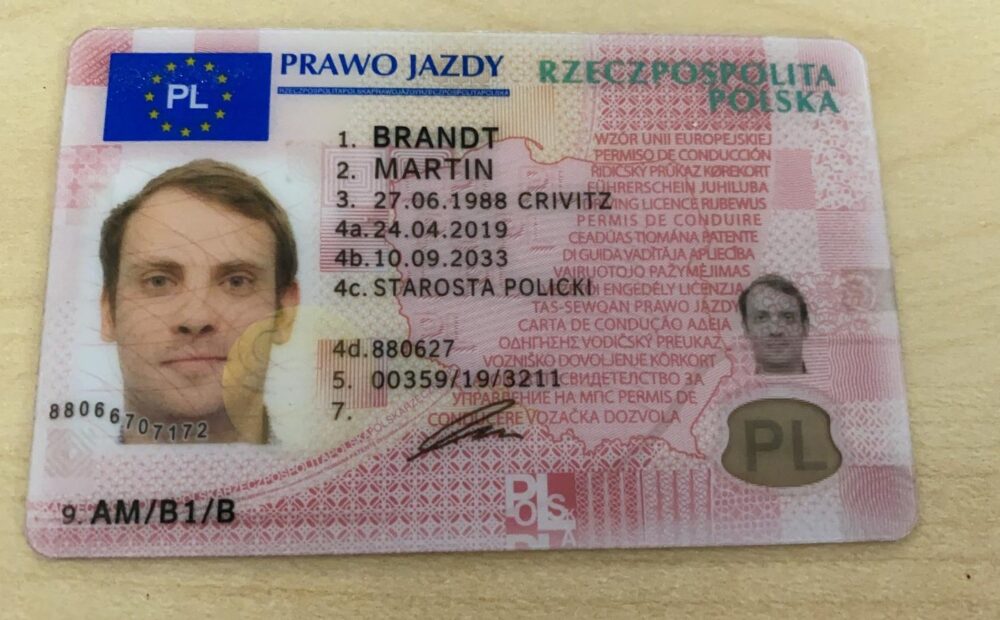Understanding the Driving License Exam: A Comprehensive Guide
The driving license exam is an important stepping stone for those wanting to secure their self-reliance, facilitate travel, and engage in numerous elements of contemporary life. It not just serves as a legal requirement but also ensures that people are geared up with the required skills to operate an automobile securely. click through the up coming web site looks into the structure, requirements, preparation methods, and common FAQs relating to the driving license test, providing a thorough understanding of what aspiring drivers can expect.
Structure of the Driving License Exam
The driving license test typically includes two primary parts: the composed test and the useful driving test.
1. Composed Test
The written element examines a candidate's knowledge of roadway rules, traffic indications, and safe driving practices. It frequently involves multiple-choice questions and true/false questions, covering topics such as:
- Road indications and their meanings
- Traffic laws and guidelines
- Safe driving techniques
- Procedures for managing emergency situations
- Rights and obligations of chauffeurs
Prospects are normally required to study the local motorist's handbook, which describes the appropriate laws and standards for safe driving.
2. Practical Driving Test
Following an effective composed test, prospects must finish a practical driving test. This hands-on examination measures a prospect's capability to run a lorry and comply with traffic guidelines in real-world conditions. Secret elements of the useful test include:
- Vehicle control and managing
- Complying with traffic signals and indications
- Navigating crossways and turns
- Proper use of mirrors and signal lights
- Parking techniques (parallel, perpendicular, etc)
- Responding to pedestrian and cyclist presence
Both components are essential for getting a driving license, and appropriate preparation is vital for success.
Requirements to Take the Driving License Exam
Requirements for taking the driving license test differ by jurisdiction, however there prevail prerequisites that many candidates must meet:
- Age Requirement: Most jurisdictions need candidates to be a minimum of 16 years of ages, although some may permit earlier testing with parental permission.
- Learner's Permit: Many areas need candidates to obtain a student's permit before taking the driving examination. This license enables people to practice driving under adult supervision.
- Documentation: Candidates should supply legitimate identification, proof of residency, and, sometimes, documentation of finished motorist education courses.
- Practice Hours: Some jurisdictions mandate a minimum number of practice hours behind the wheel before being eligible for the driving test.
Preparing for the Driving License Exam
Preparation is essential to passing the driving license exam. Here are several techniques candidates can employ:
1. Study the Driver's Manual
- Thorough Review: Candidates ought to study their local driver's handbook vigilantly because it includes important details needed for the written exam.
- Practice Tests: Numerous online resources use practice tests that imitate the written assessment format. Completing these can assist enhance self-confidence and understanding retention.
2. Practice Driving Skills
- On-the-Road Practice: Driving under the guidance of an experienced certified motorist is essential. Candidates need to practice various driving maneuvers, consisting of parking, lane modifications, and emergency stops.
- Mock Driving Tests: Conducting mock driving tests can be beneficial. Member of the family or buddies can evaluate the candidate's performance and supply feedback.
3. Take a Driver Education Course
- Professional Instruction: Many prospects opt to enlist in chauffeur education courses led by licensed instructors. These courses provide valuable insights into traffic laws and safe driving practices, and often consist of both classroom and behind-the-wheel training.
- Comprehending Vehicle Mechanics: Familiarization with automobile controls, upkeep, and safety features can improve self-confidence during the practical test.
Common FAQs about the Driving License Exam
Q: What should I cause the day of the examination?
A: Candidates ought to bring legitimate recognition, their learner's license, any required documents (like evidence of residency), and an effectively preserved lorry that fulfills all security requirements.
Q: How do I understand if I passed my driving test?
A: After completing the practical driving test, the inspector will usually provide immediate feedback. If you pass, you will get info on how to obtain your chauffeur's license. If you fail, the inspector will use insights on locations requiring improvement and how to retest.
Q: How typically can I retake the driving test if I fail?
A: The retake policy differs by region. Some areas may allow prospects to retake the test as quickly as the following day, while others may impose a waiting period of a number of weeks. It is essential to talk to the local Department of Motor Vehicles (DMV) or equivalent authority for particular policies.
Q: Can I take the driving test in a various vehicle than the one utilized for practice?
A: Yes, candidates can take the test in a different vehicle; nevertheless, the car must fulfill security and operational standards. It is suggested to familiarize oneself with the various controls of the new automobile prior to the examination.
Q: Are there lodgings for individuals with specials needs throughout the driving exam?
A: Most jurisdictions provide lodgings for people with impairments. It is recommended to get in touch with the local DMV or equivalent authority beforehand to discuss particular needs and available accommodations.
The driving license exam is a pivotal moment for numerous ambitious chauffeurs. With its two primary components-- the composed test and practical driving evaluation-- it examines both theoretical understanding and applied driving skills. Understanding the structure, requirements, and preparation methods can help prospects approach the exam with self-confidence. By sticking to standards and practicing diligently, individuals can transition smoothly from students to certified drivers, enjoying the liberty that comes with driving.

